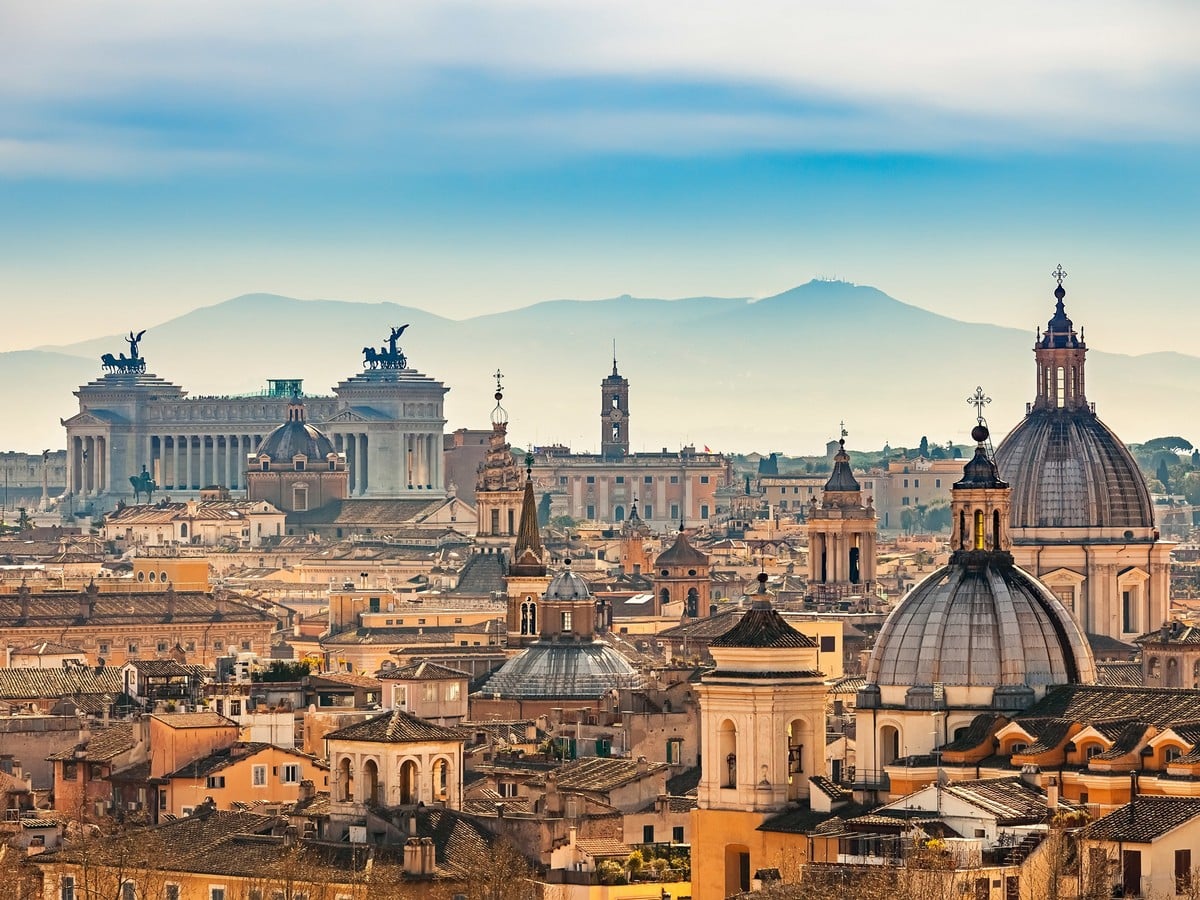Rome, the famed capital of Italy, is at the center of the Italian peninsula. It is situated on the banks of the Tiber River, about 15 miles away from the Tyrrhenian Sea. Rome has been an integral part of history, having served as a Republic and an Empire that exerted hegemony across Western civilizations in antiquity. Rome remains a major political and religious hub, captivating visitors with its art and architecture that reflect distinctively upon its past cultural accomplishments. With a total area of 496 square miles, Rome is a unique destination that has earned its moniker of Eternal City.
Rome is known for its unique history, culture, and stunning architecture. From the iconic Colosseum to the Pantheon, Rome’s monuments will captivate you with artistic splendor. If you want to dive deeper into Rome’s past, plenty of museums and galleries are devoted to exhibiting and preserving its unique culture.
It Is Where You’ll Find the World’s Smallest Country
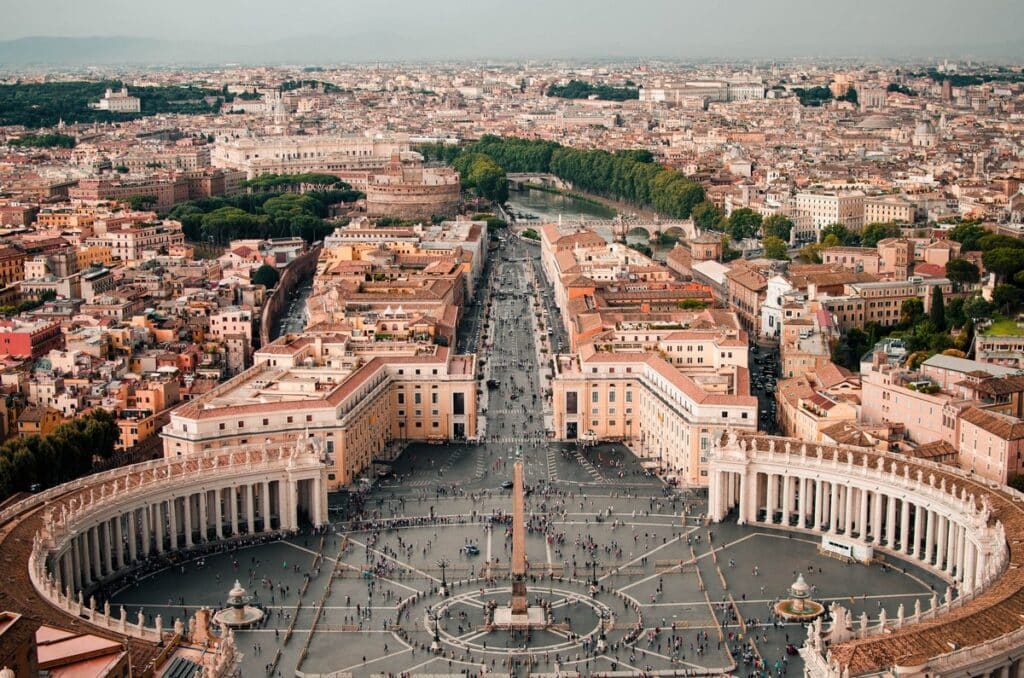
Located in the center of Rome, Vatican City is a modern-day wonder that serves as a unique microcosm within a larger city. A sovereign state governed by the Roman Catholic Church, it is home to some of the most emblematic landmarks and holy sites in Christian doctrines, such as St Peter’s Square and Basilica, Vatican Museums, Apostolic Palace, and Sistine Chapel. Not only are these historically significant marvels deeply spiritual places for Catholics worldwide, but they are also breathtaking spots of great architectural prowess and awe-inspiring artwork cherished by visitors from all cultural backgrounds.
The World’s Biggest Amphitheater
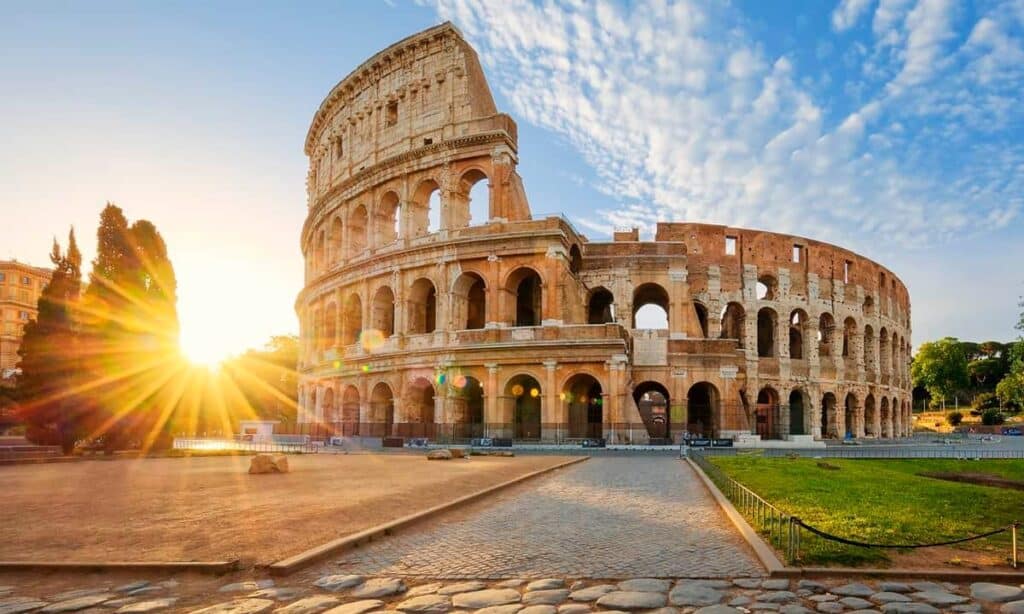
The Colosseum is one of the oldest architectural structures that still exist today and has withstood centuries of internal and external strife. Built between 72 AD and 80 AD in Rome, it was initially used for gladiator fights as entertainment, public spectacles, and executions. With an impressive capacity of 80,000 people, this Amphitheatre was considerably larger than buildings made at the time. During the Early Medieval era, it was used for housing displaced people, religious quarters, or even as a fortress. All these factors combined helped list The Coloseum among the New 7 Wonders of the World.
A She-Wolf is Rome’s Iconic Symbol
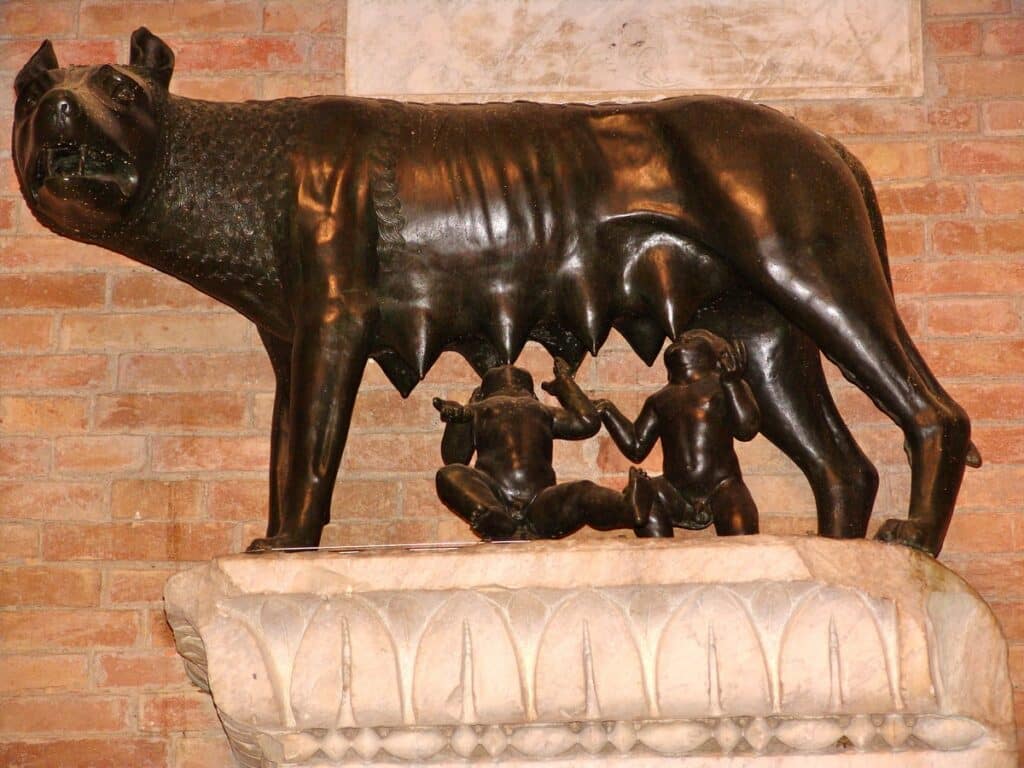
The she-wolf is integral to Rome’s cultural identity, most famously represented in the iconic Capitoline Wolf statue. Made of bronze and depicting a mythical animal, the sculpture captures the legend of twin brothers Romulus and Remus being suckled by a she-wolf to survive. Beyond such stories, however, this iconic symbol represents crucial aspects of Roman cultures, such as nourishment, protection, and fertility.
The Most Iconic Roman Structure
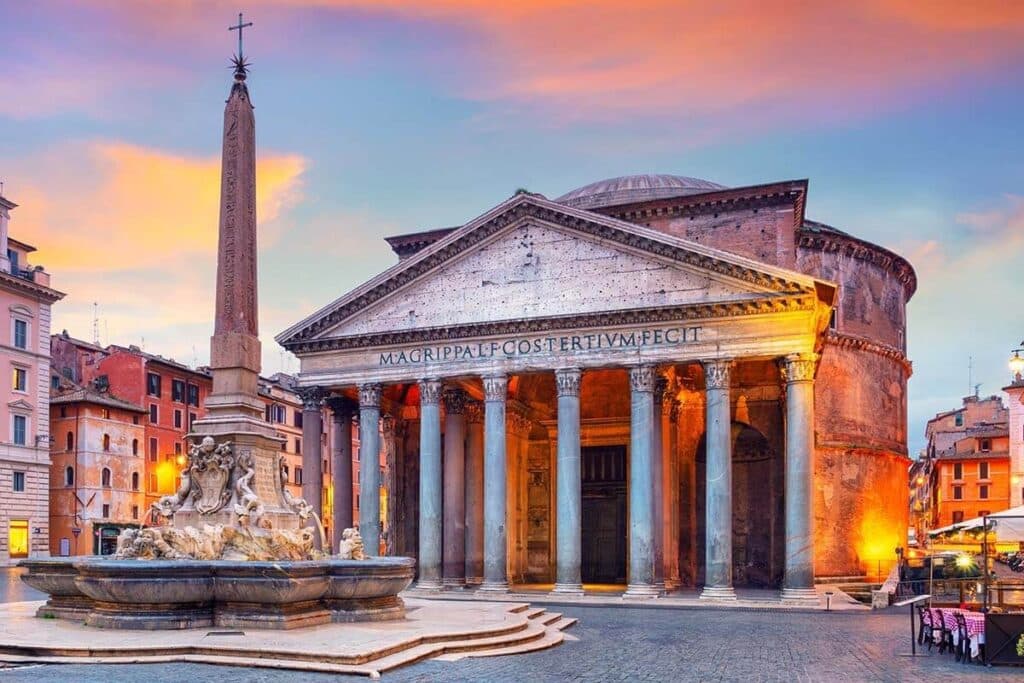
Rome is famous for its Pantheon, an ancient Roman temple in the city center. Its exact construction date is uncertain, but records indicate it was likely completed around 126 AD by Emperor Hadrian. Its stunning coffered dome with a central opening on the top makes the Pantheon stand out amongst other ancient Roman buildings. It has been termed one of the best-preserved Roman structures of all time. Since the 7th century, this monument has served as a functioning church and houses several graves of two Italian Kings, namely Vittorio Emanuelle II and Umberto I, and Queen Margherita.
Former Center of Politics and Commerce

The Roman Forum, situated between the Palatine and Capitoline Hills in ancient Rome, was the center of power during its republican times. It is believed to have been a public space for meetings, law courts, and even gladiatorial combat. The impressive collection of ruins takes on a renewed grandeur when one imagines how it would have appeared when fully intact. Remnants such as towering columns and arches are a testament to this. One can easily envision scenes of bustling markets, royal processions, and elevated conversations amongst senators and philosophers, a recollection of an era gone by that continues to fascinate many today.
The World’s Most Bountiful Waterscape
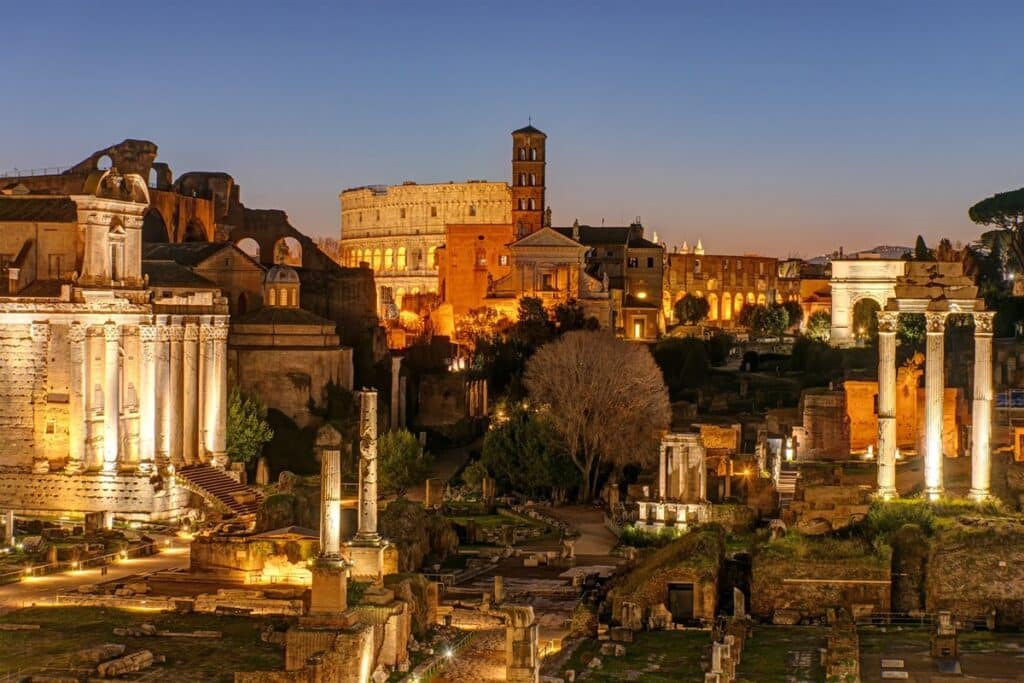
Standing majestic in the heart of Rome, the Trevi Fountain is a memorable monument loved by locals and travelers alike. Ornately carved with Roman gods, tritons, and horses, this 18th century structure stretches across some 50 meters and is framed by the impressive Palazzo Poli Palace. As many as 700,000 euros worth of coins have been thrown into the fountain by visitors wishing for luck each year, all of which goes directly to Caritas to assist those in need.
The City Has the Most Fountains on the Planet
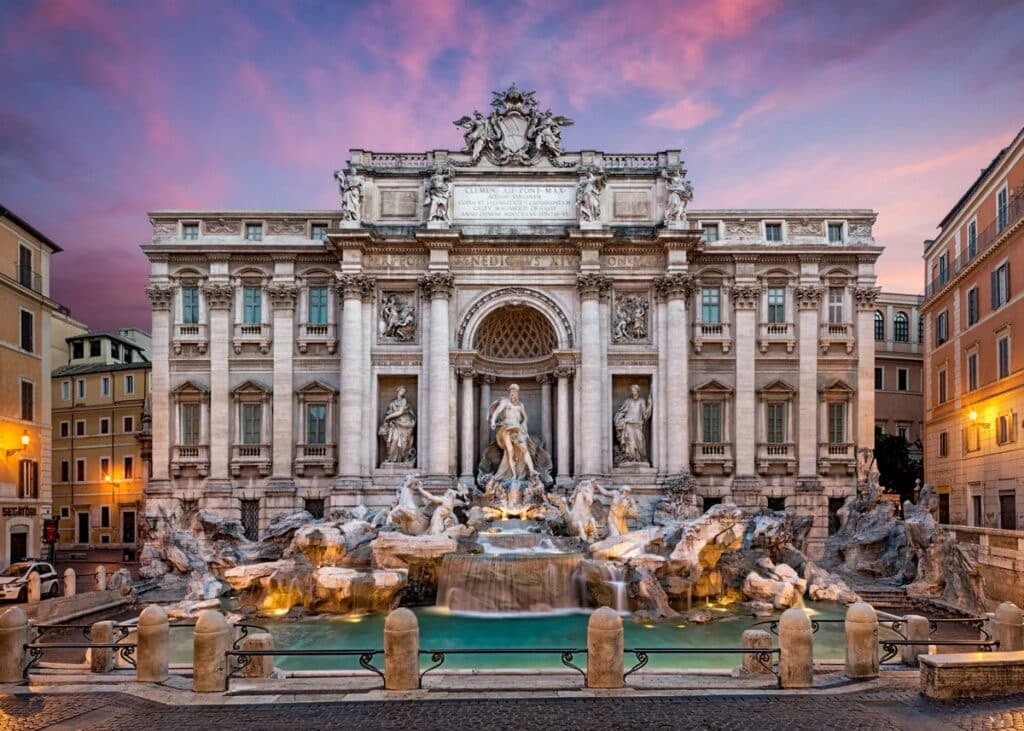
Rome is indeed the undisputed record holder when it comes to fountains, with a total of over 2,000. These magnificent pieces of architecture come in various shapes and sizes, from ancient temples to charming baroque masterpieces built centuries ago. Some provide cold, refreshing potable water for the citizens who want to quench their thirst, although caution must be exercised since not all fountains provide certified drinking water.
The Best Day to Visit Rome Is on Its Birthday
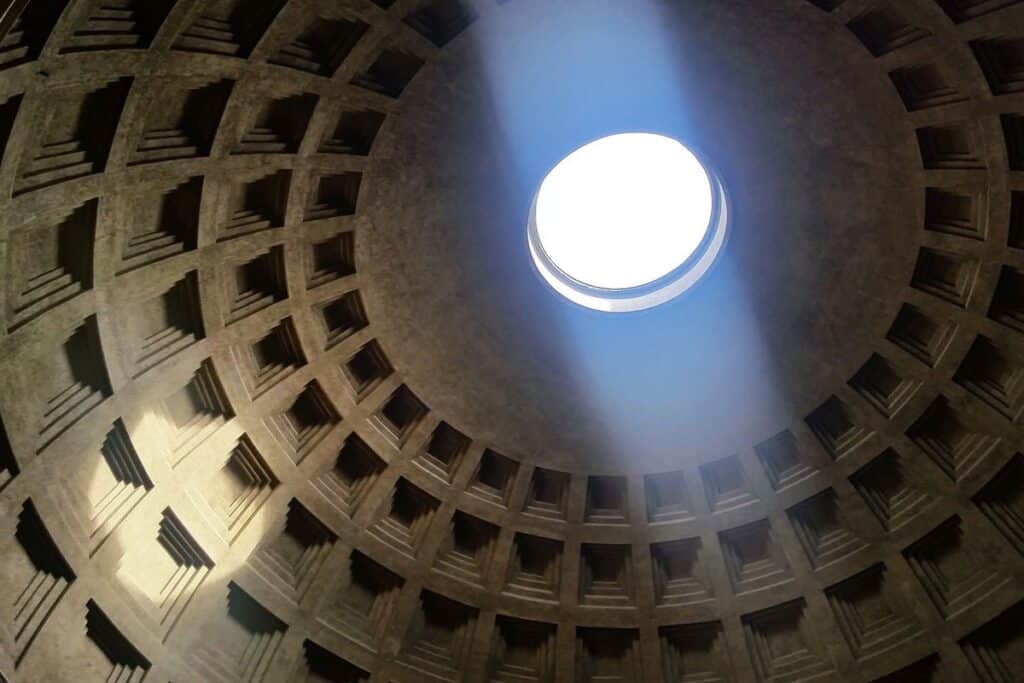
Visiting the Pantheon around April 21st is truly a spectacular experience, as that special day marks Rome’s birthday. During this time, the sun beats down at exactly noon, its rays entering through the brilliant oculus in the dome. This occurrence may be grander than one could imagine. Centuries ago, emperors and other leaders were said to have walked underneath it to commemorate Apollo. The oculus’ symbolism of enlightenment and knowledge only serves to magnify this traditional event even further, making it one of the most mythical times to visit the Pantheon.
The Longest and Widest Staircase in Europe
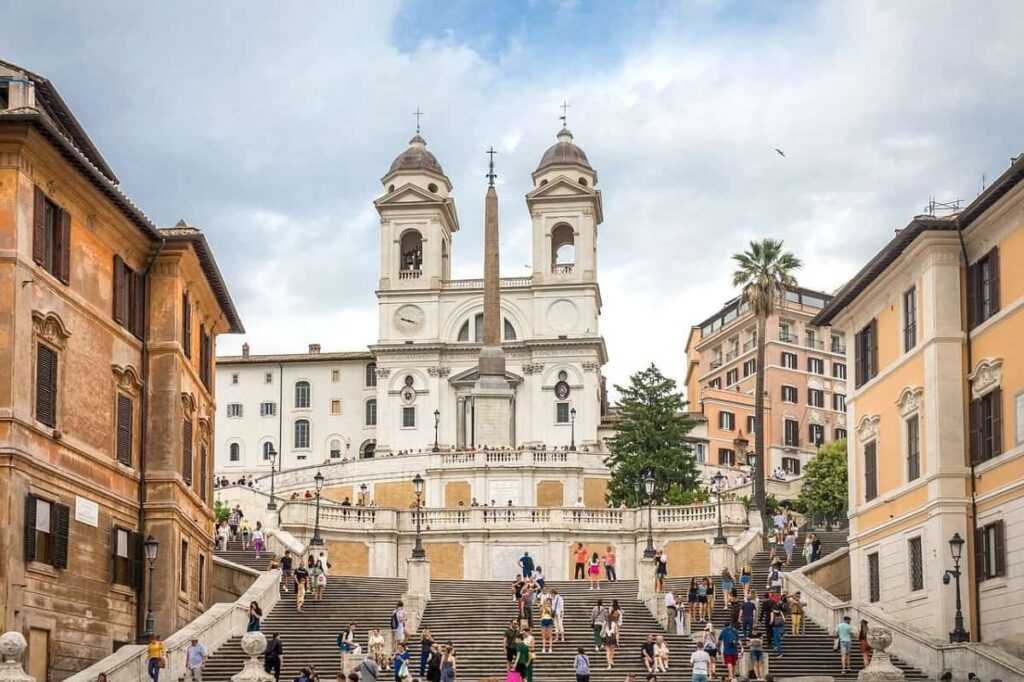
Known throughout the world, The Spanish Steps have been drawing crowds of visitors, locals, and artists for centuries. While Francesco de Sanctis initially built it to connect the Piazza di Spagna Square with Trinità dei Monti Church, it remains a hotspot for its natural beauty, landscaping, and breathtaking views from the top of the stairs. Not only is this a much-loved UNESCO World Heritage Site, but it also holds symbolic power for those who travel here repeatedly.
Rome is a Fierce Feline Advocate

Stray cats have become a part of the fabric of Rome, thanks to the policy protecting them that was set in place in 1991. The Torre Argentina Roman Cat Sanctuary assists in this endeavor, with many volunteers contributing to ensure they’re well-fed and cared for. It’s best not to approach them as they are feral, but it should be recognized that they do provide an effective rodent control service. Visitors may be blessed with sightings of cats casually climbing the walls of the Colosseum or sleeping among ruins of the ancient Forum.
A Food Lover’s Paradise

Rome is a city that can truly offer an infinite number of delicious delicacies made with simple, genuine, and traditional products. The most iconic dish is Carbonara, a pasta recipe with eggs, bacon, and cheese that was supposedly invented during the Second World War. Similarly, you will certainly be able to try two local varieties of cheese – pecorino and ricotta. Typical second courses include abbacchio cooked with tomato sauce or tripe and offal.
Rome Has a Museum Dedicated Entirely to Pasta

Though pasta has been a staple food worldwide for centuries, it makes perfect sense that its only dedicated museum would be found in Rome, known as the true home of the fine art of flour, water, and salt. The Museo Nazionale della Pasta Alimentari was established in 1993 with the assistance of the Vincenzo Agnesi Foundation, giving visitors a firsthand look into the history and production of this beloved Italian delicacy. Previously situated in Piazza Scanderbeg, this remarkable institution contains relics, such as wooden rolling pins and sieves to modern instruments.
All Roads Lead to Rome
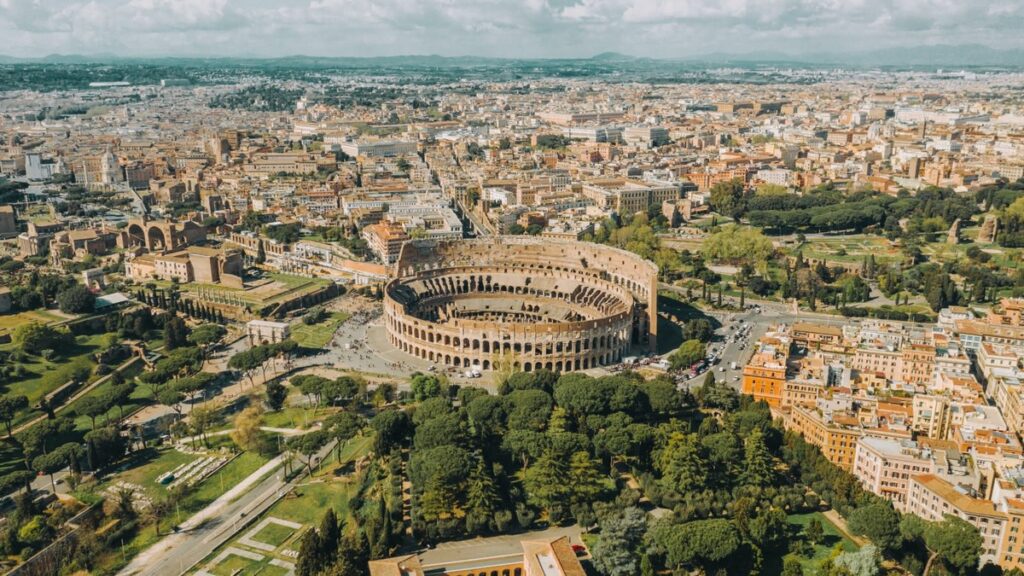
As the legendary saying goes, all roads lead to Rome for a good reason. The Roman Empire excelled at engineering feats, and its vast road network was no exception. Construction on the highways began in the 4th century BC, and by the time it reached its peak in the 2nd century AD, it boasted over 53,000 miles of interconnected roads across Europe. This system revolutionized transportation at the time and was essential to sustaining trade for goods and knowledge. In addition, it allowed armies to move with incredible speed and efficiency when waging wars of conquest throughout much of Europe.
The Largest Church Ever Built
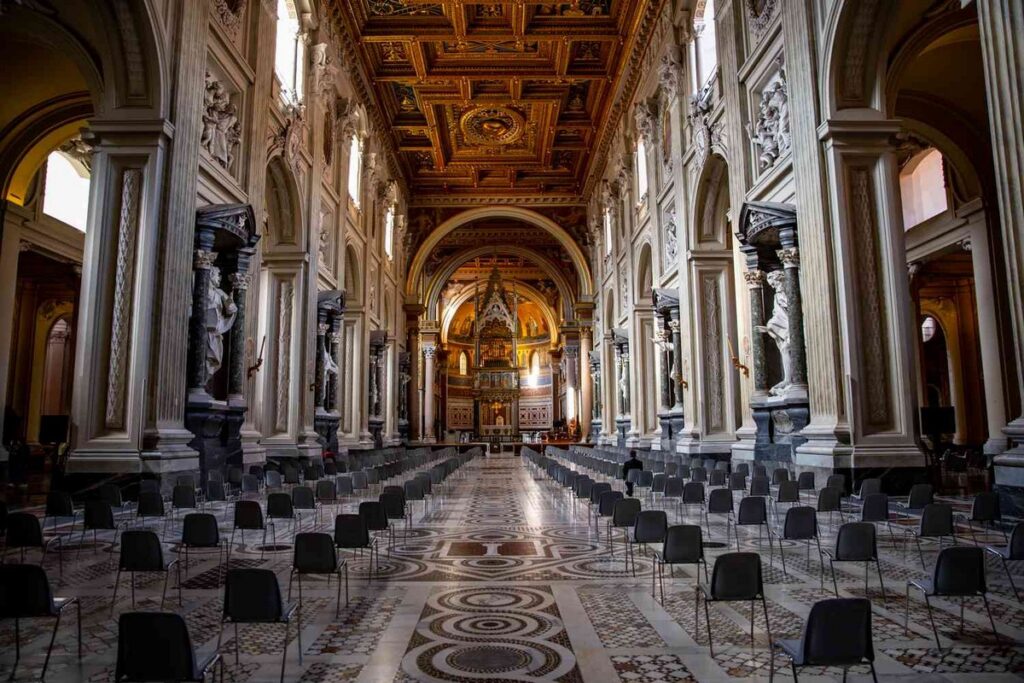
St Peter’s Basilica in Rome is an iconic structure and a stunning feat of architecture. It is the largest church ever constructed, boasting an impressive interior area of 15,160 m², 21,095 m² of exterior space, and an unprecedented capacity for 60,000 people. It took some 120 years to build and has since become world-renowned for its architectural splendor and historical significance. Not only is it a vital part of the Vatican City complex, but it also stands as one of the most breathtaking landmarks in the world today.
World’s First Covered Shopping Mall was Built in Rome
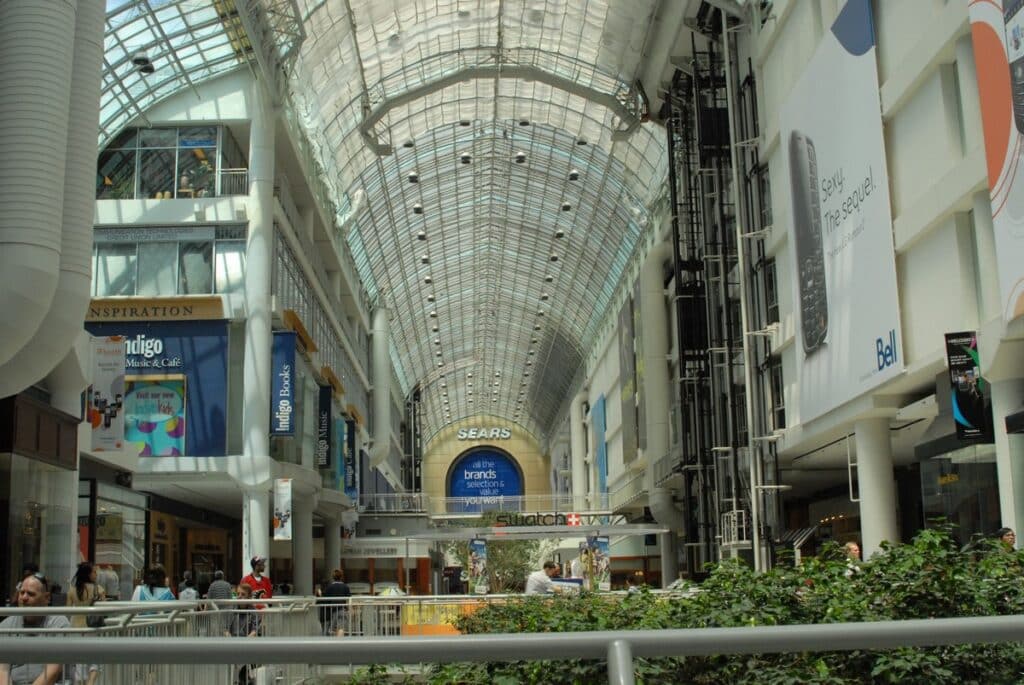
Trajan’s Market holds a place in history as a pioneering complex that combines retail, commerce, and services in one place. The structure was designed to provide a space for traders to conduct their business while simultaneously allowing shoppers to browse and make purchases without exposing them to ancient Rome’s elements. The complex comprised over 140 thousand square meters with 60 inscribed storefronts on four levels, an impressive feat given the period in which it was constructed. Its construction is attributed to Emperor Trajan’s pride and admiration for trade activities, making Trajan’s Market a remarkable symbol of Ancient Rome’s commercial success.
